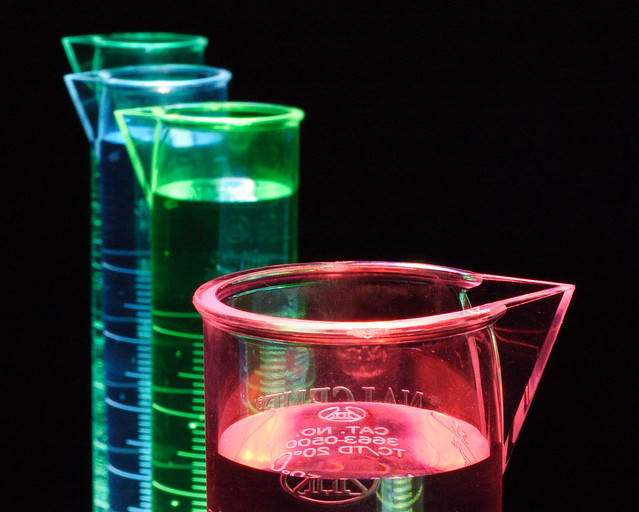A-Level Chemistry is hard, there's no denying it! From organic chemistry to kinetics, at times it feel like you’ll never have time to learn it all. We know that A-Level Chemistry can be a struggle, however with some careful preparation you can be one of the lucky 8% of students who receive an A* grade!
We're here to help and wanted to design the perfect, comprehensive revision platform for A-Level students. This course contains videos, textbooks, flashcards, past papers and more, so you will always have a variety of resources for each topic.
The Study Mind A-Level Course contains:
- 200+ video tutorials
- All topics covered
- Revision notes for every chapter
- Exclusive examiner's tips
- Access until June 2023
To gain access to all of this, click Enrol Now to receive access for a one-off joining fee of £15.
We're so confident that our course will improve your grades that if you don't achieve an A or A* grade we'll give you your money back - no questions asked!
